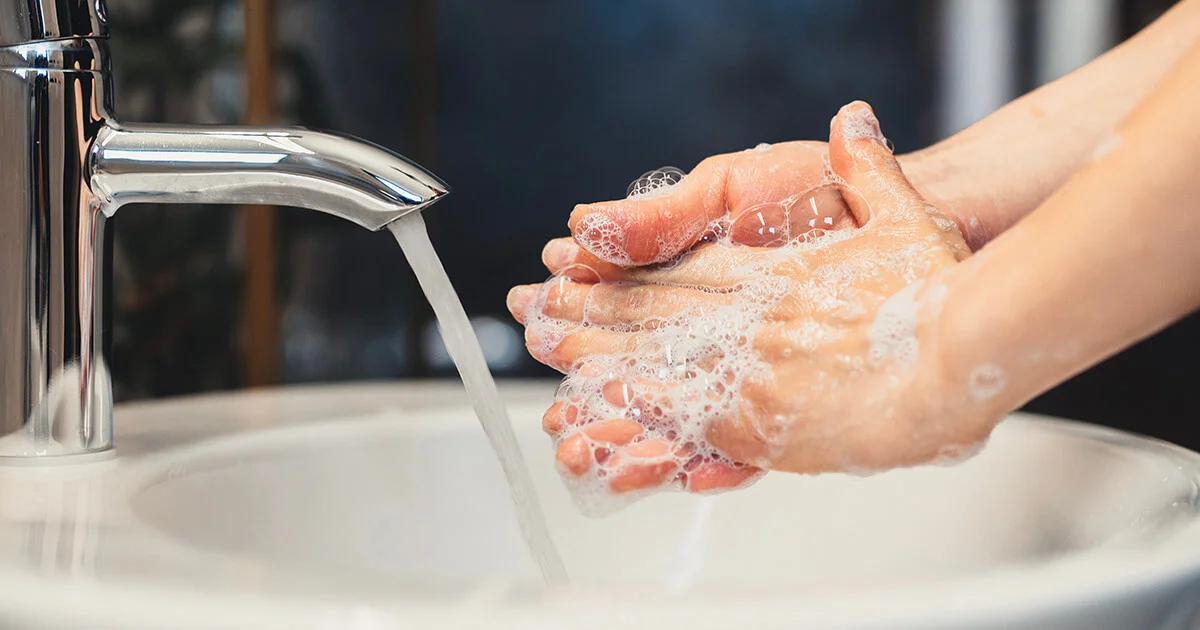COVID-19: How to Stay Protected and Connected

Although we do not fully understand the novel COVID-19 Coronavirus, it does appear that seniors are at a higher risk for developing complications from this illness. This is especially true for those with underlying health conditions, such as lung or heart conditions and diabetes as well as those that are immunocompromised, according to the Centers for Disease Control and Prevention (CDC).
However, according to the CDC, there are steps you can take to help protect yourself from this virus. For instance, you can wash your hands frequently with soap and water for a minimum of 20 seconds. Refrain from touching your mouth, nose, or eyes with unclean hands. You can also routinely disinfect commonly used surfaces, such as tables, light switches, doorknobs, phones, TV remotes, faucets, toilets, etc. Moreover, you want to avoid close contact with those who are ill. Social distancing guidelines recommend maintaining a distance of six feet between you and someone else.
If you do develop symptoms, it’s important to closely monitor your condition as well as protect others. You will want to stay home unless you’re receiving medical care, as this will help slow the spread of the virus. Most people only develop mild symptoms, such as a low-grade fever and cough, and will fully recover at home. However, if you experience trouble breathing or develop other emergency symptoms, call your doctor. If your symptoms warrant an in-office appointment, calling ahead will help ensure that your doctor and the medical staff have the opportunity to properly prepare for your visit. Be sure to always cover your sneezes and coughs with a tissue or use your elbow. Proceed to discard used tissues in the garbage and wash your hands immediately afterwards. Additionally, if you’re sick, the CDC advises wearing a facemask when in the presence of others. If possible, the CDC encourages designating a room or areas in a home that only the sick person occupies. This will help protect other family members from contracting the virus.
These uncertain times can cause anxiety and stress, especially among the older population as they are at an increased risk. So, it’s crucial for seniors to be aware of the different ways that allow them to stay informed in a beneficial manner as well as connected with their loved ones while following the CDC guidelines for COVID-19. For instance, there’s nothing wrong with staying up to date with the news, but consuming hours and hours of news content throughout the day is not only exhausting, it can be counterproductive as it is likely to induce unnecessary anxiety as well. Consider limiting your news intake to newscasts in the morning and evening.
Even though we are advised to practice social distancing, this doesn’t mean we can’t remain connected with our loved ones. Technology, such as Facebook, SnapChat, FaceTime, and Skype, allows us to check in on family using a totally safe, visual form of communication. Plus, the fundamentals of these social media platforms are highly user friendly. Of course, a simple phone call works too. It’s wise to develop a buddy system in order to ensure the health and safety of others. In addition to communicating with close family members, be sure to also reach out to those in your social group, your neighbors, and others in your life.
Additionally, you can stay connected within your community. For instance, many churches are recording their services and making them available online, allowing you to watch them at your convenience. Online book clubs are another option. You can read your favorite genre and interact with members online to discuss the literature. There are also zoos, aquariums, and museums around the country that you can interact with remotely, as many are offering live streams or updates on their animal residents along with virtual tours of their exhibits.
As a senior, the most favorable approach to handling the COVID-19 pandemic involves understanding how to protect yourself and others, knowing what to do if you develop symptoms, practicing healthy media usage habits, and staying connected with loved ones and your community.
Back to all articles